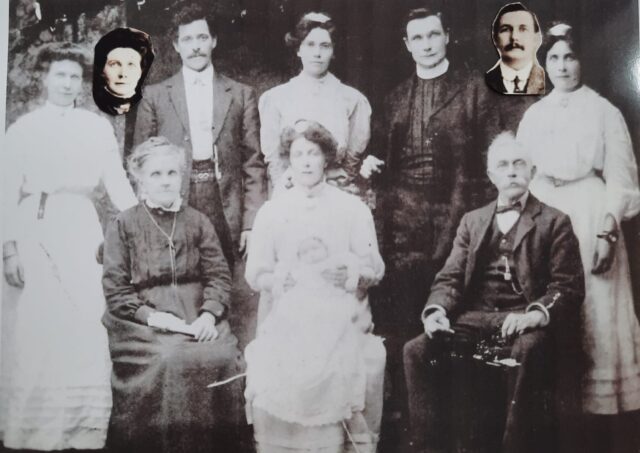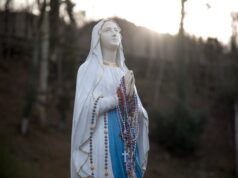
Why do we want to learn about the dark times, the ugly times, in our country? It is a relevant question today, as museum displays and park exhibits are being censored for being unduly negative about shameful moments in American history.
The study of history is a path to self-knowledge if we learn not only our accomplishments but also our failings. To celebrate accomplishments is estimable. Yet, to think that we are without flaws is a childish fantasy. Worse, to not understand these flaws is dangerous, for we will be less able to resist such darkness when it arises again.
Timothy Egan has written a remarkable and timely book, “A Fever in the Heartland (Penguin Books),” about one of the darkest chapters of American history. His book chronicles the seemingly inexorable rise of the Ku Klux Klan across the country in the 1920s and the grip it had on city and state governments, starting in, of all places, Indiana.
This is a story of great relevance for Catholics, for we were one of the three groups most targeted by the Klan, along with Blacks and Jews.
The rebirth of the Klan after World War I was a Midwest and northern phenomenon. While Jim Crow laws reduced the southern Black population to near servitude again, in the north the racism was combined with a hatred of immigrants (often from Catholic countries) and Jews.
A female Klan member said of immigrants from southern Europe, “They are idiots, insane, diseased criminals,” Egan wrote. “Within a generation or two, she warned, white Protestants would be replaced by an inferior breed. The Jews were behind this plot.”
The Klan sprang up from California to Pennsylvania, but Egan focuses on Indiana and the case of D.C. “Steve” Stephenson. He was the Harold Hill of hate and violence packaged as Christian patriotism. “I did not sell the Klan in Indiana on hatreds. I sold it on Americanism,” he said.
Egan said Stephenson had a “talent for bundling a set of grievances against immigrants, Jews, Roman Catholics, and Blacks.” As he grew the organization, he grew his own wealth, and soon he had every major politician in Indiana in his grasp. Hundreds of thousands of Hoosiers — men, women and even children (the Ku Klux Kiddies) — were enrolled in the Klan.
By mid-1924, Egan wrote, “the blazing cross had become as much a part of life as the soda fountain and the barbershop pole” in American towns, as was the violence and intimidation of those people the Klan deemed inferior.
Aug. 8, 1925, may have been the high point of the Klan’s presence in this country, when 50,000 hooded marchers paraded in Washington while 200,000 onlookers cheered.
As Stephenson’s political power grew, so did his ambitions. He hoped to become president. He already owned the governor in Indiana, as well as many other politicians. Stephenson learned one of the secrets of dictatorial power, Egan said. “If he said something often enough, no matter how untrue, people would believe it. Small lies were for the timid. The key to telling a big lie was to do it with conviction.”
Stephenson’s own vices brought him down, however. His violent lust ended up in the death of a young woman, Madge Oberholtzer, but her deathbed testimony ultimately convicted him, despite all the political power and bribes the Klan tried to bring to his defense.
Ultimately, this and other scandals, the violence and the corruption of the “invisible empire” led to the Klan’s collapse. Yet the laws they helped pass to limit immigration and harass racial and religious minorities continued to plague the country for decades.
Egan’s assessment of those perilous times: “Democracy was a fragile thing, stable and steady until it was broken and trampled.”
It is a lesson we would be wise to learn lest we be doomed to repeat it.
Greg Erlandson is an award-winning Catholic publisher, editor and journalist whose column appears monthly at OSV News. Follow him on X @GregErlandson.







